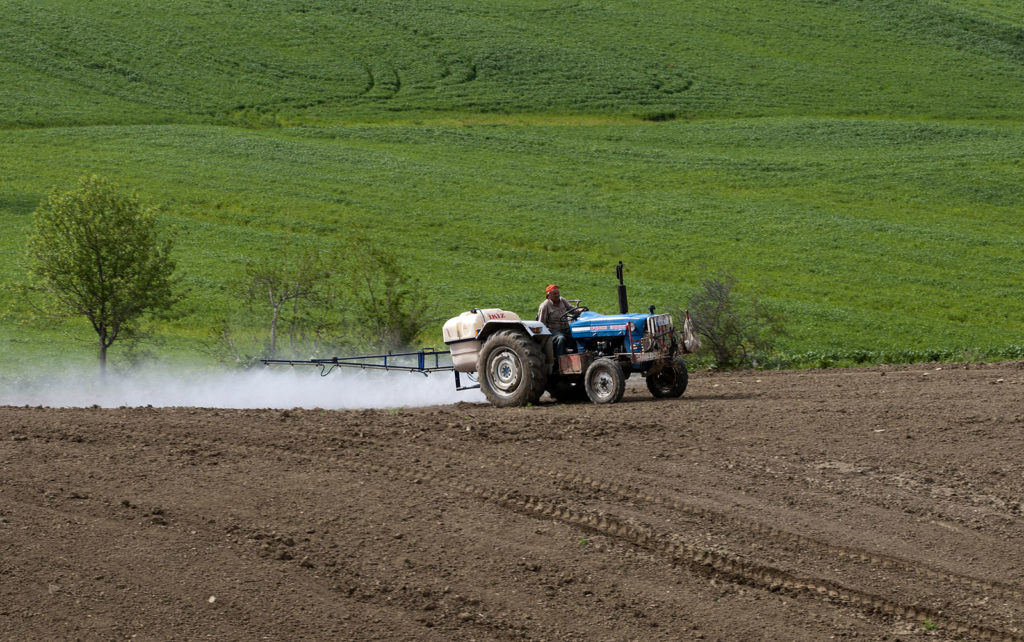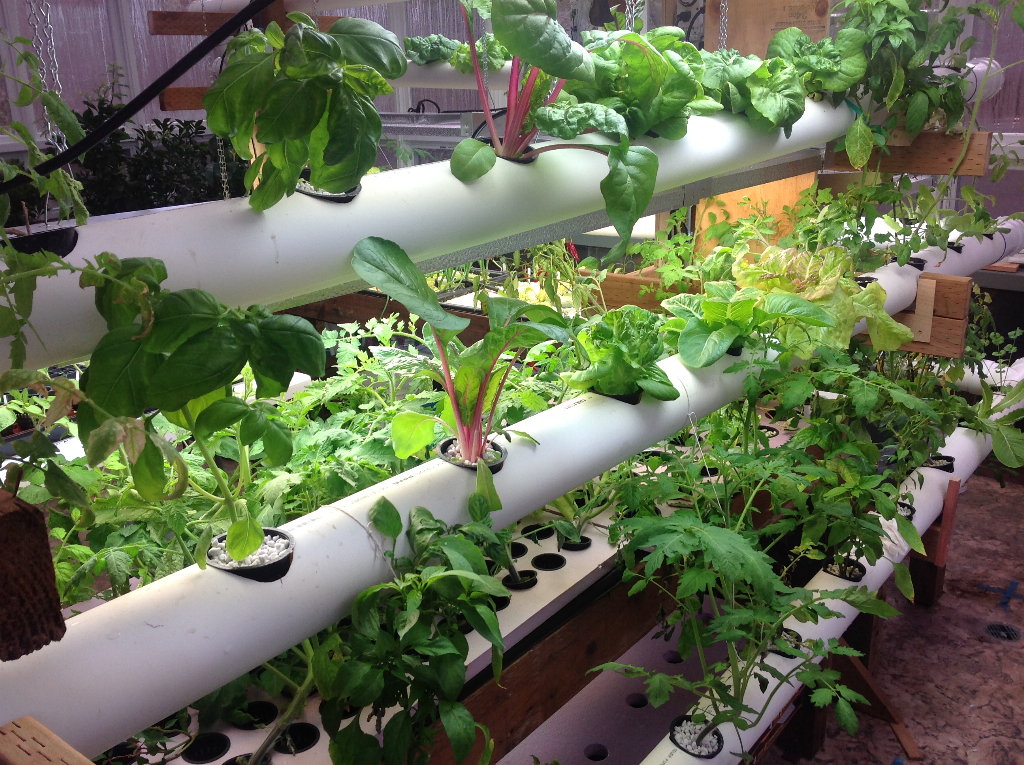
One key solution to addressing the biodiversity crisis lies in agriculture—specifically, shifting the production of food away from intensive conventional agricultural systems that destroy biodiversity. In fact, when examining the main proponents of biodiversity loss, agriculture—specifically conventional, rural agriculture—stands out as the largest contributor. This is greatly due to large-scale conversion of natural land into intensively managed systems of monoculture farmland that destroy existent ecosystems.[1] In this context, our team looked to an alternative approach to agriculture that utilizes land and water much more efficiently: alternative agriculture.
So what exactly is alternative agriculture? Terrascope 2024 defines it as a fusion between regenerative agriculture and innovative soil-less agricultural systems — more specifically, Aero-, Aqua- and Hydroponics. Below, we further explore the prospects of alternative agriculture insofar as Aeroponic, Aquaponic and Hydroponic farming systems due to their innovative approach to dealing with the more natural resource-intensive conventional agriculture.
Alternative Agriculture as a Solution:

When developing a solution, our team first looked towards the existing model of conventional agriculture and, more specifically, its projected global impacts on biodiversity loss in the coming decade. The use of conventional farming practices such as tilling, drainage, and extensive use of fertilizer and pesticides has significant effects on natural flora and fauna. To meet food demand for a growing population, stress is placed on our current agricultural systems to meet that demand and if that demand is met through furthering our current methods, it will have stark consequences on decreasing global biodiversity. The two main vehicles for developing our agricultural infrastructure under the umbrella of conventional farming are cropland expansion and intensification. Both scenarios lead to a decrease in local biodiversity.[3]
Thus, in an effort to circumvent these issues, we propose the integration of soil-less agricultural systems—namely, hydroponics, aquaponics, aeroponics and related systems. More on these models can be found here. The soil-less and closed system nature of these setups make them less harmful in terms of pesticide and chemical runoff, as system inputs are contained within the apparatus. Furthermore, the stackable quality (as in, the ability to build these farms vertically) of some systems make them much more space efficient. Across the board, these alternative agricultural practices also prove to give greater crop yields and consume less water compared to conventional equivalents.[5] As the world faces drought and desertification crises, this efficient use of water and land is crucial to focus on.

In pursuing soil-less agricultural systems, we must first understand that it isn’t the magic bullet to stop biodiversity loss caused by conventional agriculture. We identify conventional rural agriculture as a primary threat to biodiversity, and soil-less alternative agricultural systems as one solution of many that simultaneously bolster each other. It is necessary to recognize that a longer time scale is necessary for research onto wider ranges of food and energy efficiency—though already, research has shown significant promise in growing a wider range of crops outside of the traditional leafy greens that hydroponic systems currently specialize in and studies suggest that alternative agricultural systems have a significantly lowered energy consumption when paired with cleaner green energy sources, like solar and wind as opposed to fossil fuels.[6],[7] As we revolutionize our energy production systems, the biggest drawback of these alternative systems will disappear simultaneously as we make the transition away from conventional farming.
In this light, alternative agriculture proves itself necessary as we move forward in the context of population growth, food and water scarcity, and land/ecosystem degradation— while not a silver bullet, it is certainly a step in the right direction to advance humanity in solving the broader biodiversity crisis.
- Hydro-, Aqua-, and Aeroponics
- Environmental Impact
- Economic Feasibility
- Why It Matters
- MIT Aquaponics Exhibition
